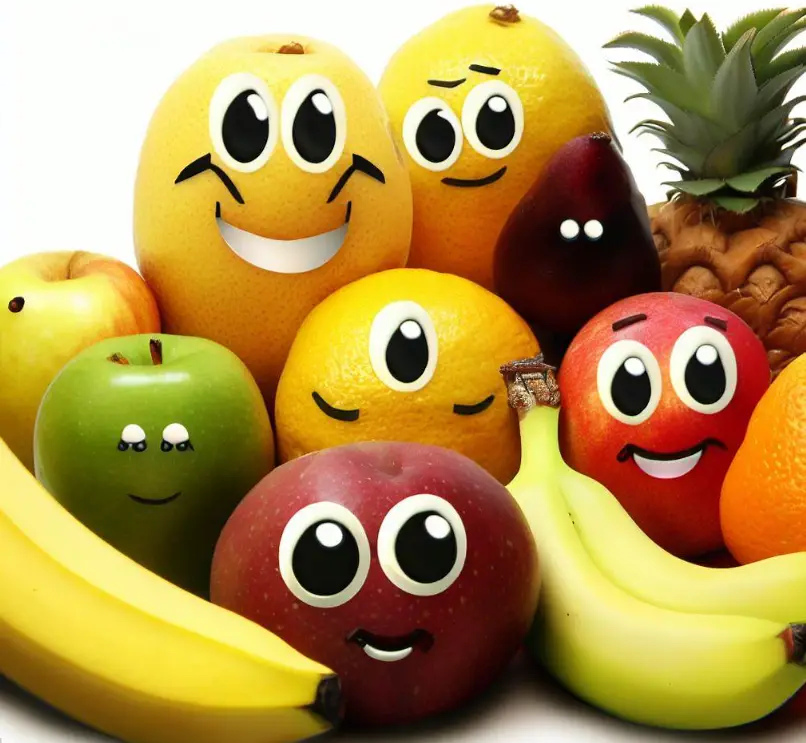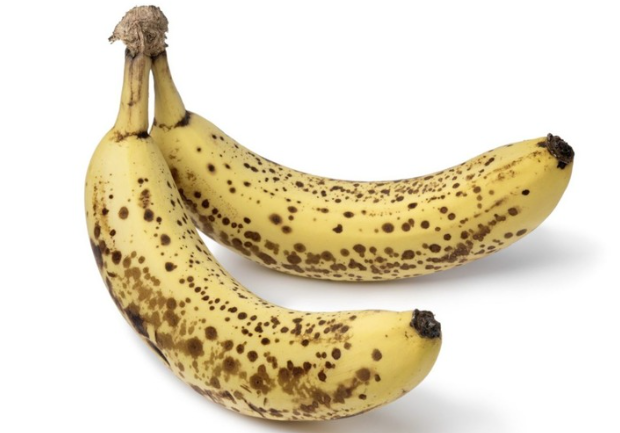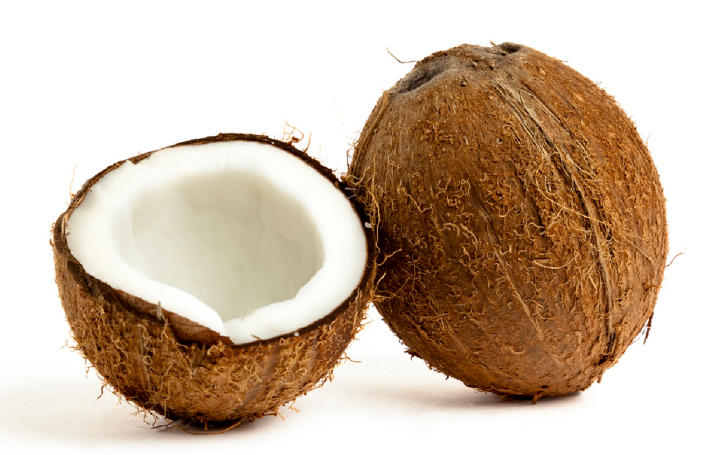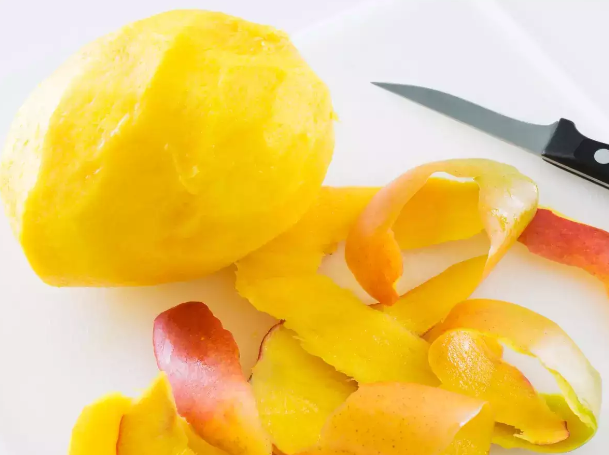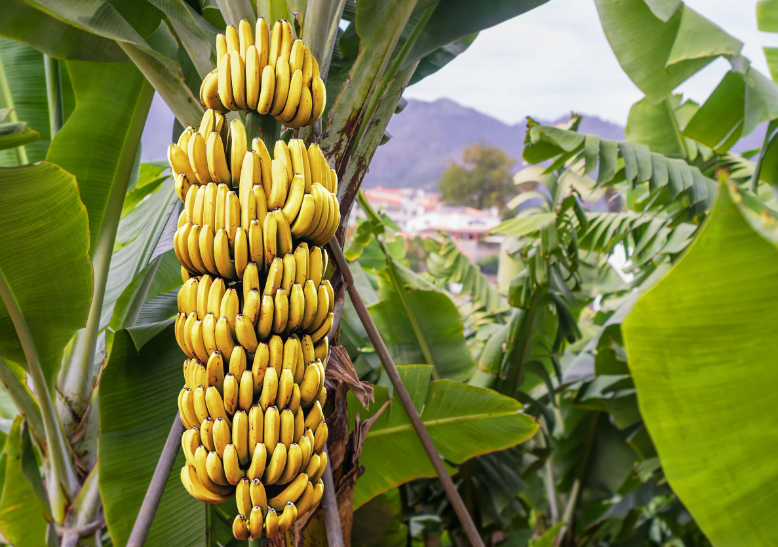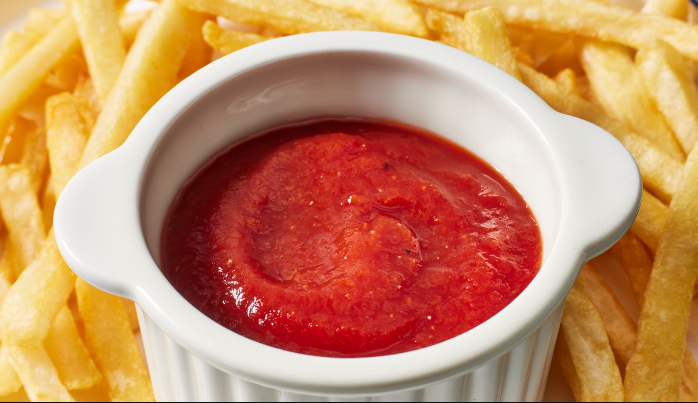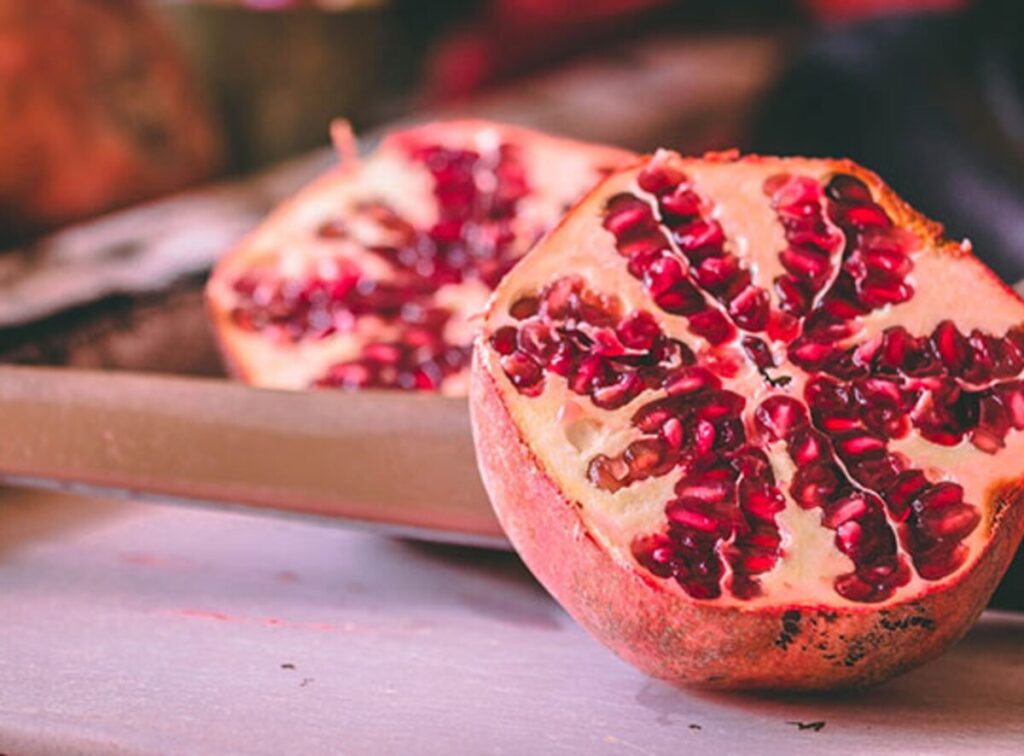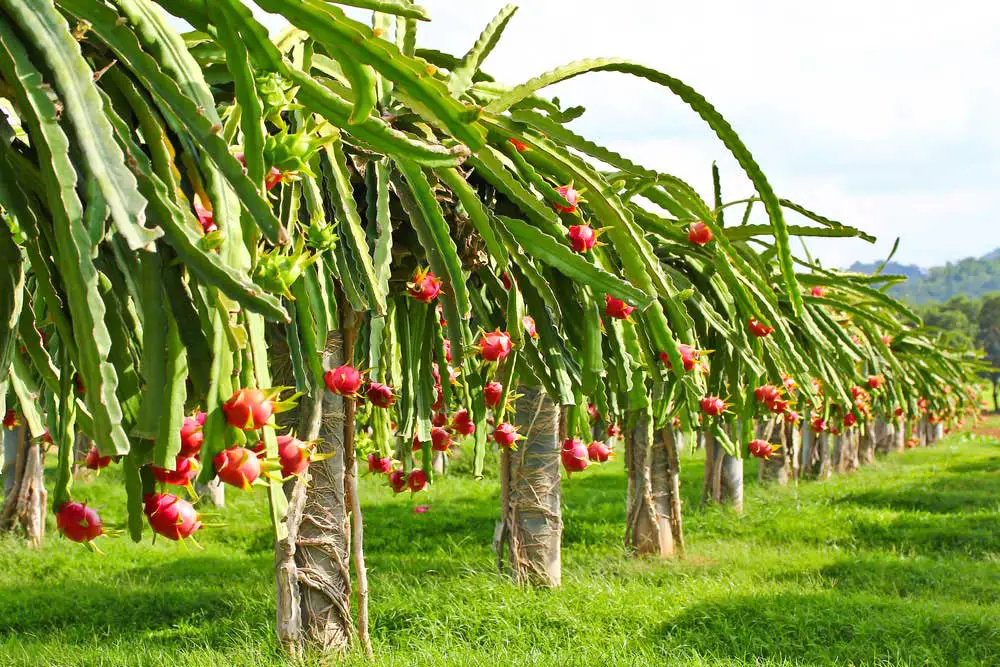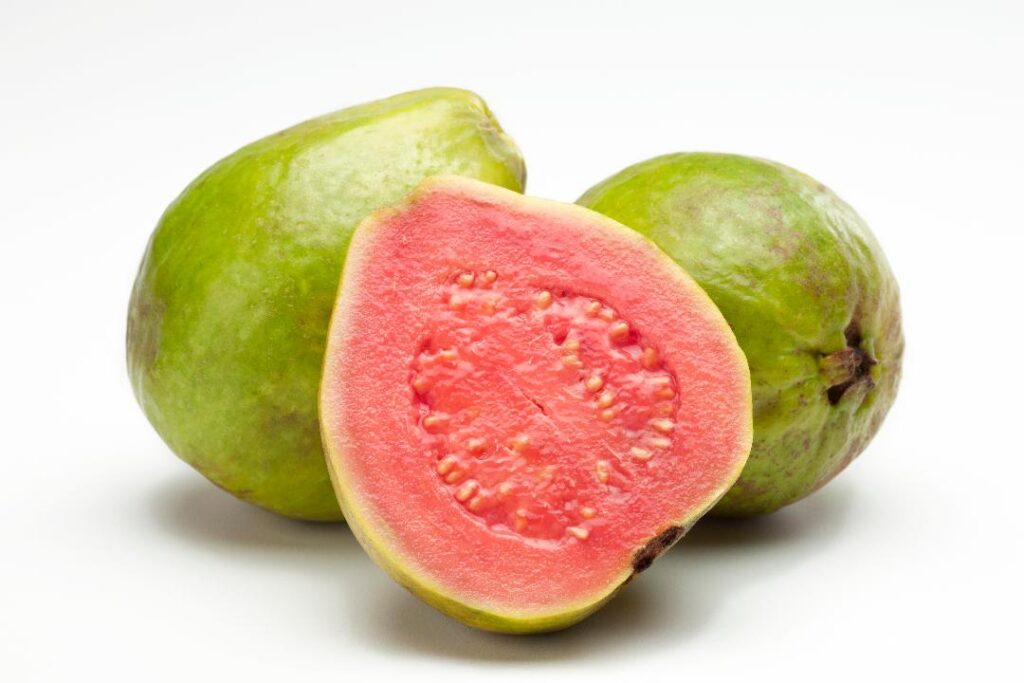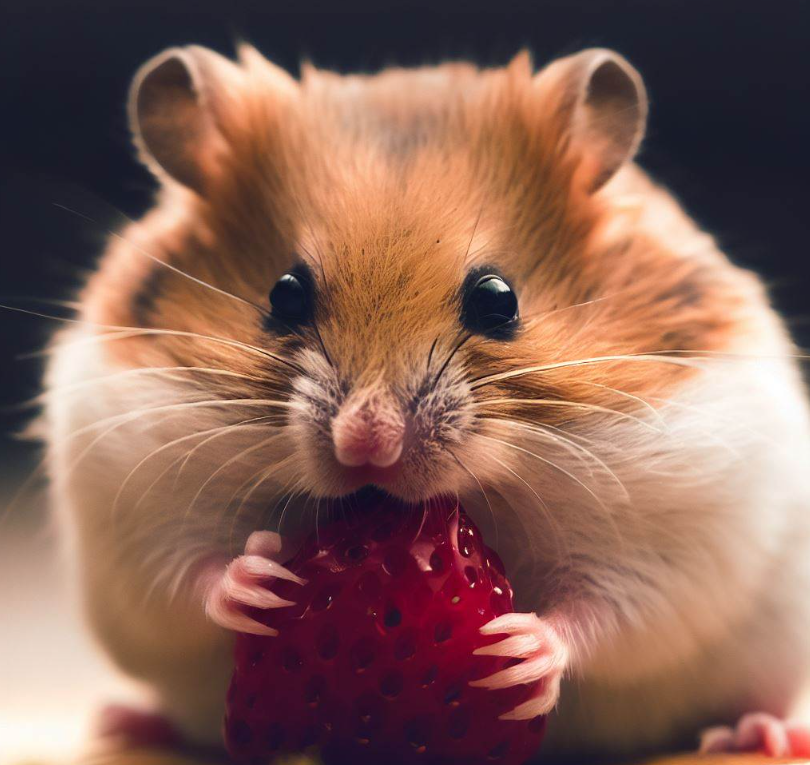If you’ve never tried cacao fruit before, you’re in for a treat! The soft part around the cacao beans, known as the pulp, is the perfect place to start. It’s really similar to what you find in passionfruit or guava, and it’s sweet, refreshing, and packed with a mix of flavors like citrus and banana. Think of a delicious tropical fruit cocktail – that’s the sort of taste we’re talking about with cacao pulp.
When you bite into the pulp, it’s juicy and sweet – a real delight. It’s full of natural sugars and vitamins that can give you a quick energy boost, just like a snack should. Some people might even say it tastes a little like lychee because of its floral notes and how it feels in your mouth. It can remind you of a fruity juice with a mix of exotic tastes.
If you’re curious about cacao but haven’t tried it yet, tasting the pulp is a great start. When you open up a fresh cacao pod, you’ll find the seeds covered in this sticky, jelly-like fruit. Eating the pulp right from the freshly opened pods is the best way to really get the full, tropical flavor of the cacao.
Table of Contents
Potent, Bitter Seeds Packed With Chocolate Flavor
Hidden within the sweet pulp are the seeds, and these are what eventually turn into chocolate. They’re really strong and bitter when raw, but you can definitely taste the chocolatey notes in there too.
The pulp surrounding the seeds is where all the sweetness is at. It’s a lot like other tropical fruits with flavors of banana, mango, papaya, and pineapple. Banana stands out the most, giving off that creamy, ripe banana smell and taste. Plus, there’s a bit of tanginess thanks to some slight acidity.
Now, don’t expect to bite into a cacao seed and find it as smooth as a bar of chocolate. They’re kind of rough and can dry your mouth out because they’re full of tannins that make them super bitter and a little bit earthy. This means not everyone will like them just as they are.
But for those who really love deep, dark chocolate and can handle a strong flavor, tasting these raw seeds is quite the adventure. Once you get past that initial burst of bitterness, your mouth will be coated in a very pure kind of chocolate taste. It’s surely different from eating processed chocolate, but it’s a cool way to experience chocolate in its most basic form.
Roasting and Processing Temper the Strong Flavors
Even though you can eat cacao pulp and seeds just as they are, they usually go through some processing to make them taste better. Adding sugar to the cacao pulp really brings out its sweet side, balancing out the natural tartness. As for the seeds, they get fermented, dried, and roasted to bring out a fuller, smoother chocolate flavor.
Roasting the beans does wonders – not only does it bring out that rich chocolate taste we all recognize, but it also takes away some of the bitterness and improves the crunchiness. That’s why raw cacao beans and cacao nibs might taste a bit rough and astringent before they are roasted.
The cacao fruit and seeds have their own unique flavors that get even better with the right processing. The sweet and vibrant taste of the pulp and the deep, roasted notes of the seeds come together to make the kind of chocolate we all enjoy.
Where to Sample Cacao Fruit in Its Natural Form
Most of the time, cacao is made straight into chocolate. However, if you look around, you can find fresh fruit and seeds to experience their natural tastes. You might see special juice mixes that use cacao pulp or bowls of exotic fruit that include it.
If you want to try cacao straight from the pod, head to places where it’s grown, like in areas of South America, Africa, and Asia. There, you can often find cacao fruits fresh off the tree. The seeds can be a bit hard to digest at first because they have a lot of tannins, so start with just a small taste. Trying both the pulp and the seeds gives you a whole new way to think about how complex chocolate flavors are.
Beyond Chocolate’s Familiar Taste
Cacao fruit itself is a journey of flavors, going way past the chocolate bars you see in stores. The pulp is juicy and full of tropical flavors, while the seeds are strong with a bitter punch. Exploring cacao right from the source lets you savor tastes that are truly special. These raw flavors help you understand the careful process that turns cacao into the chocolate we adore.
Even though chocolate production uses up most of the cacao, it’s worth trying the fruit and seeds fresh from the pod when you have the chance. It will change the way you think about chocolate and grow your appreciation for the natural complexity of cacao. Beyond the familiar sweet treats, the bold flavors of cacao tell a wonderful story from tree to chocolate bar.
